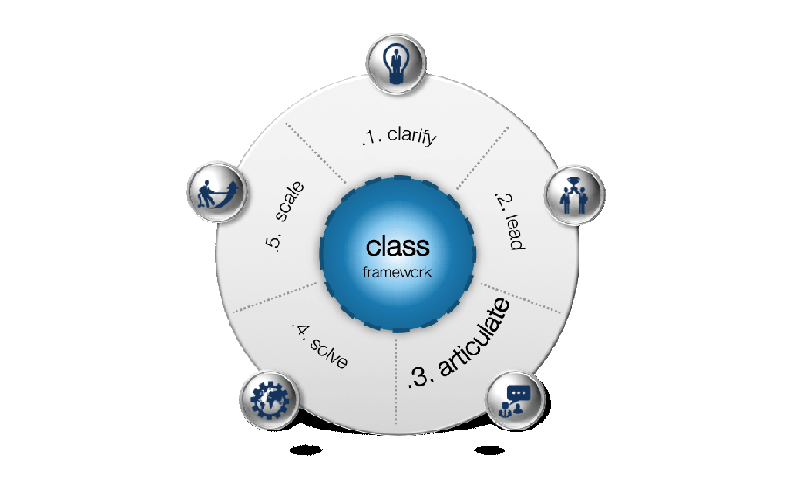In this post, I introduce you to the third step in the CLASS framework, ‘articulate’, where we focus on making sure you have a consistent set of authentic messages that can be used by your internal stakeholders.
By the start of this third step you will have an agreed definition as to what demand response is, and is not, for your organisation. You will know why you are looking to invest in demand response and you will understand what you are trying to achieve over a defined time-period. You will have analysed who all your stakeholder groups are and what their perceptions and expectations are. And, you will have pulled together a team to deliver the required initiatives, as well as identified internal stakeholders to help ‘spread the word’.
With so many stakeholders, it’s time to develop the key messages so they can tell your story. The word ‘story’ can often create a perception that you are trying to hide the truth. When I use the word ‘story’ I am referring to the need to deliver a compelling narrative, one that is authentic, that carries authority, that ties to your ‘why’ and resonates with the target audience.
This step does not need to take months or even weeks. In fact, I would argue if it does, then you are not clear on ‘why’ you are embarking on this journey and suggest you revisit the first step, Clarify. If your why is primarily in the best interests of the consumers and communities you serve, then the story should flow. If your why is primarily about internal interests, and those of your shareholders, then you will struggle.
You must make sure the key messages are not just disseminated via email to your internal stakeholders. You must take the time to sit and discuss the key messaging with them. If you don’t, and these people are approached to share a view on your initiative, there is every chance their response could send your program into damage control. People hate letting on that they are not ‘in the know’ and will often provide a view on almost anything if asked. It is your responsibility to ensure all stakeholders know what to say.
Do not prescribe what people must say, instead make sure stakeholders know the ‘why’, know the core messages, and are given the freedom to tell the story in a way that is authentic to them.
Have you created a clear and compelling story so your consumers and the community understand what your demand response program is about, what role they need to play, and the value it delivers to them and those around them?
To keep up-to-date with my latest articles, subscribe to my blog in the footer below.
My best-selling book, ‘The Digital Utility’, is available for purchase here.
